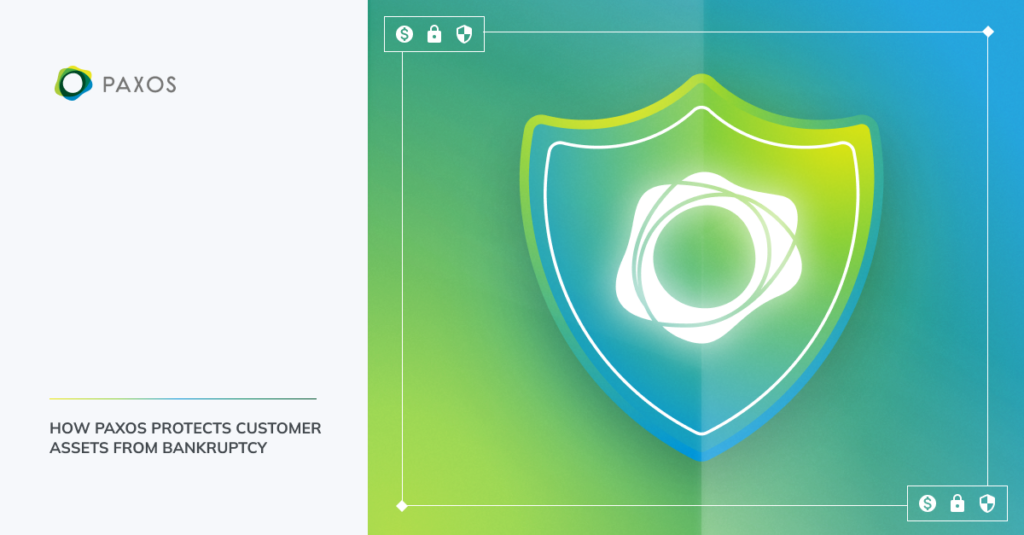Blog
Featured Articles
The Important Role of Stablecoins in DeFi
Understanding the Different Blockchain Types
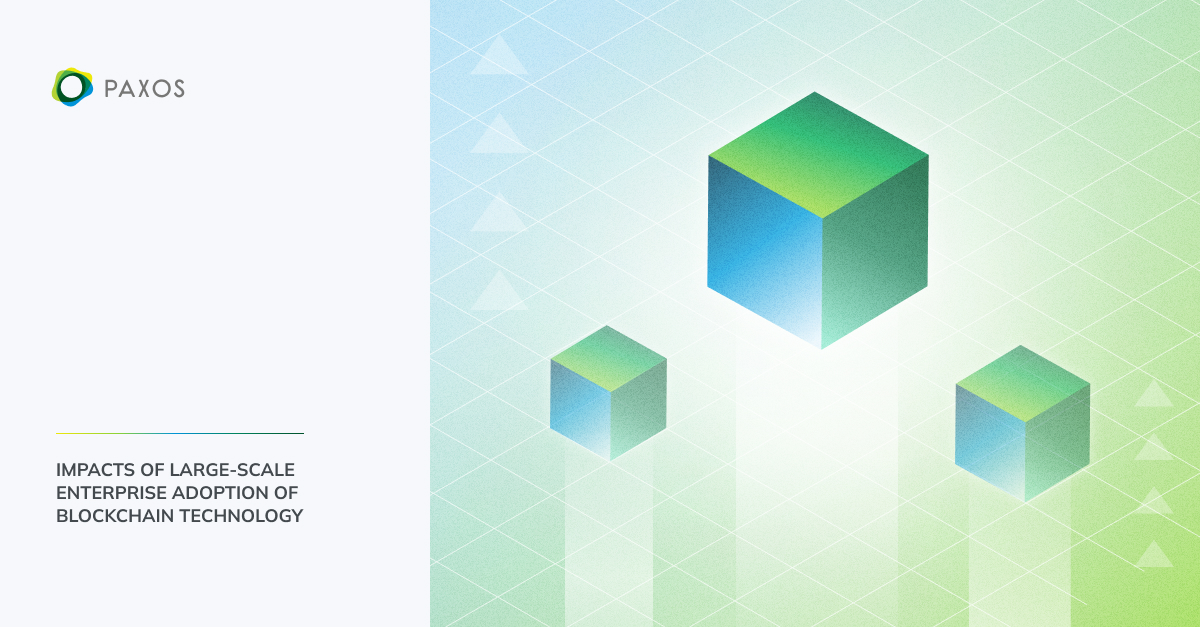
Impacts of Large-Scale Enterprise Adoption of Blockchain Technology
The advent of blockchain technology and its diverse applications, including stablecoins and tokenization, has garnered substantial traction in recent years.
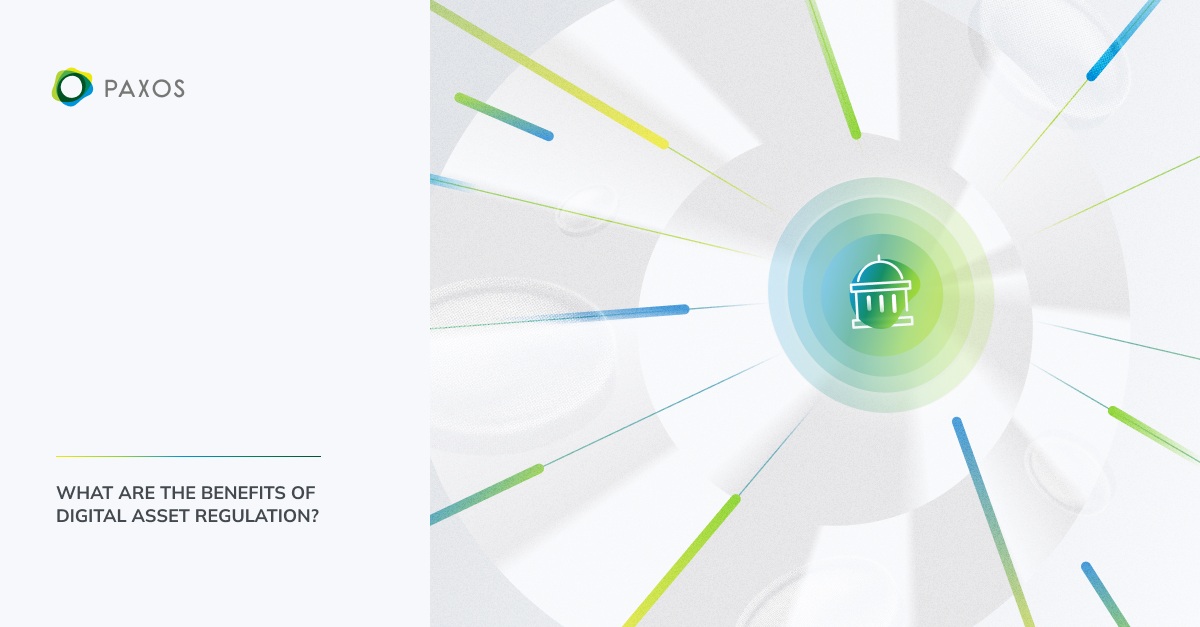
What Are the Benefits of Digital Asset Regulation?
The arrival of digital assets in global markets has brought about unprecedented opportunities for decentralization, security, and the potential to help develop new markets.

5 Things I Learned as a Paxos Engineering Manager
Hi, I’m Shai, a Senior Engineering Manager at Paxos. I lead the Trading Engineering team, which supports our crypto trading applications.
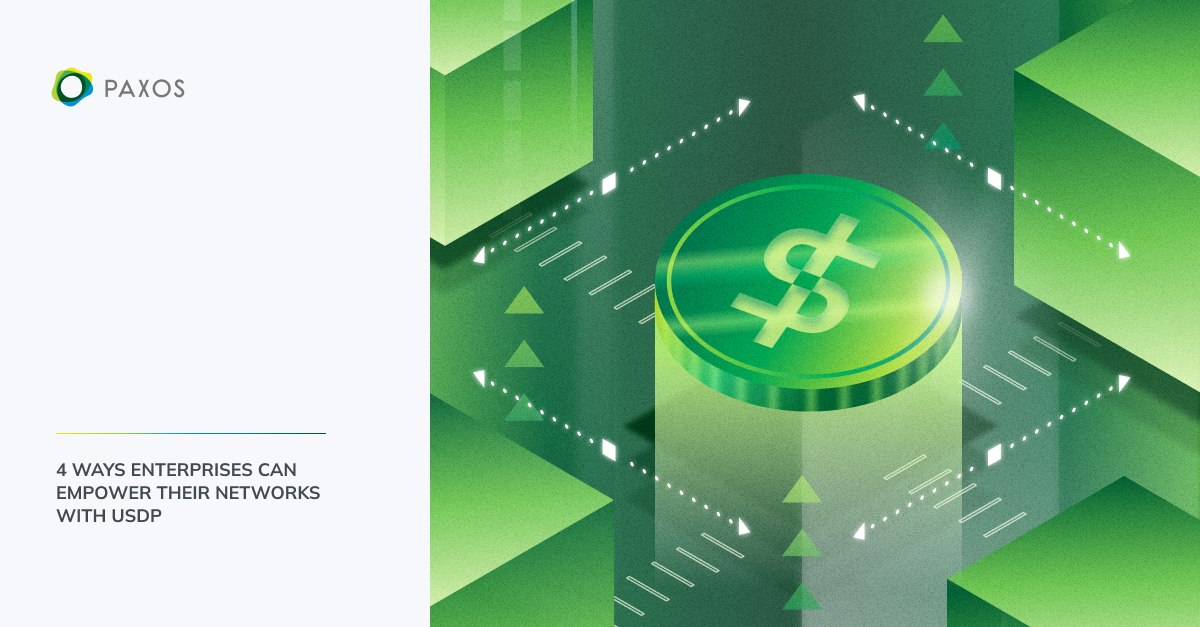
4 Ways Enterprises Can Empower Their Networks with USDP
Paxos’ pioneering stablecoin, USDP, provides an innovative contemporary solution by enabling regulated, seamless access to the esteemed US dollar.
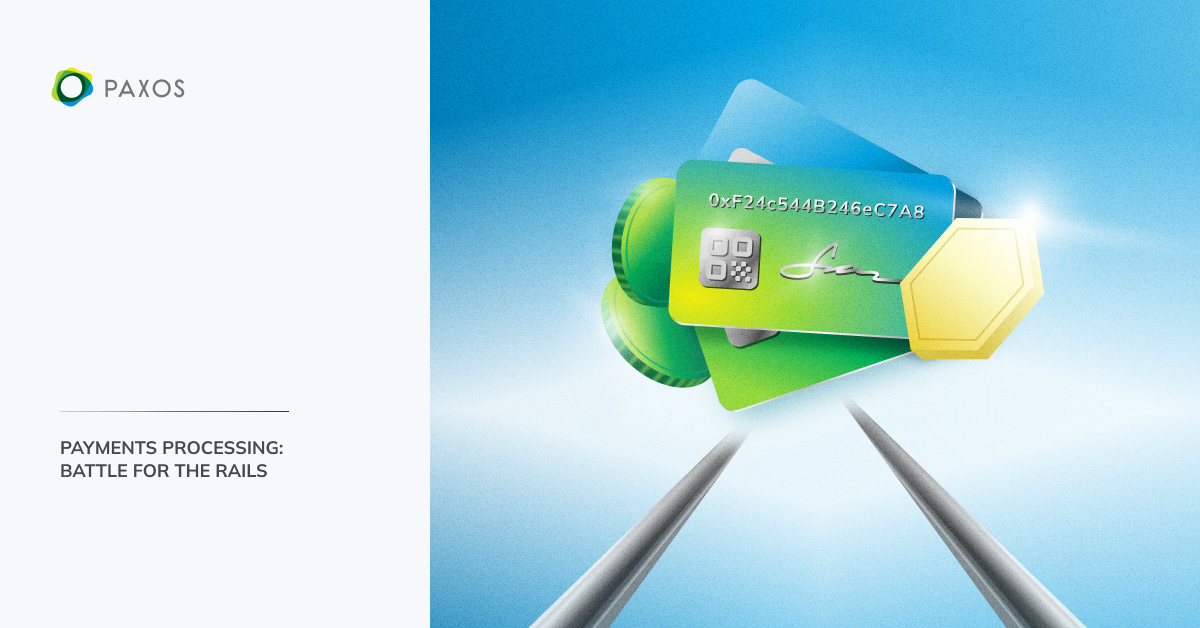
Payments Processing: Battle for the Rails
Traditional payment rails, including credit cards and wire transfers, have long served as the backbone of the financial ecosystem. However, institutions and markets are now revising these methods to keep up with the digital landscape.

Spotlight on Brazil 2023: Embracing Digital Asset Regulation
Since 2000, Brazil’s standing as a global economic power has risen steadily, with its GDP growing from $655B in 2000 to estimates north of $2T for 2023.

5 Ways Blockchain Powered Digital Wallets Support Financial Inclusion
Some estimate that nearly a third of all adults globally lack access to financial systems for basic functions such as buying and selling assets, saving and establishing credit.
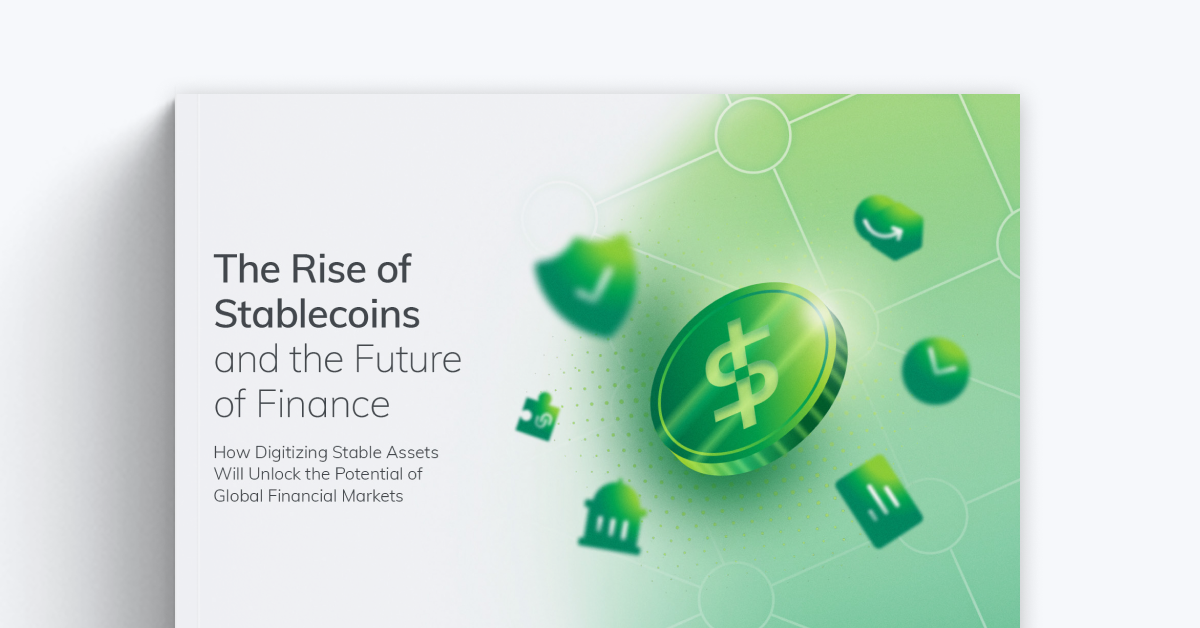
Stablecoins Are Key to the Future of Finance
The digital asset industry has seen its share of failure and uncertainty over the last 18 months, sowing doubt in public perceptions around crypto, forcing the hand of regulators and muting the ecosystem’s overall growth.
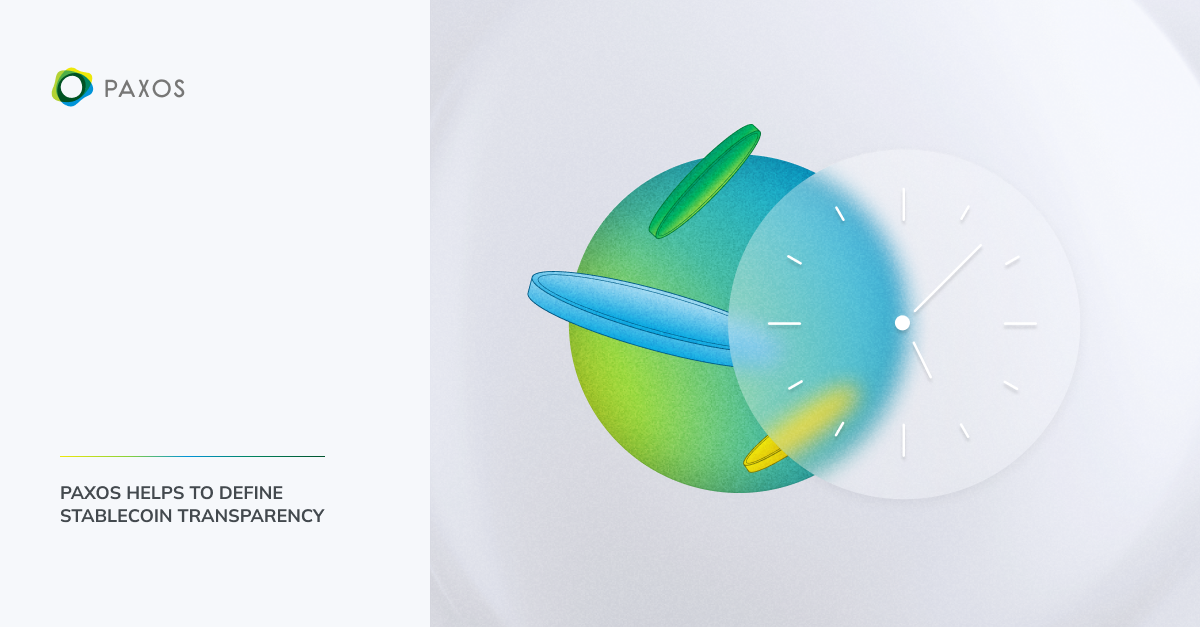
Paxos Defines Stablecoin Transparency
From day one, Paxos’ approach to transparency has been to lead the industry and then evolve from there. We work with regulators to define what transparency means and how it looks. Most importantly, we continue to enhance transparency at every turn.
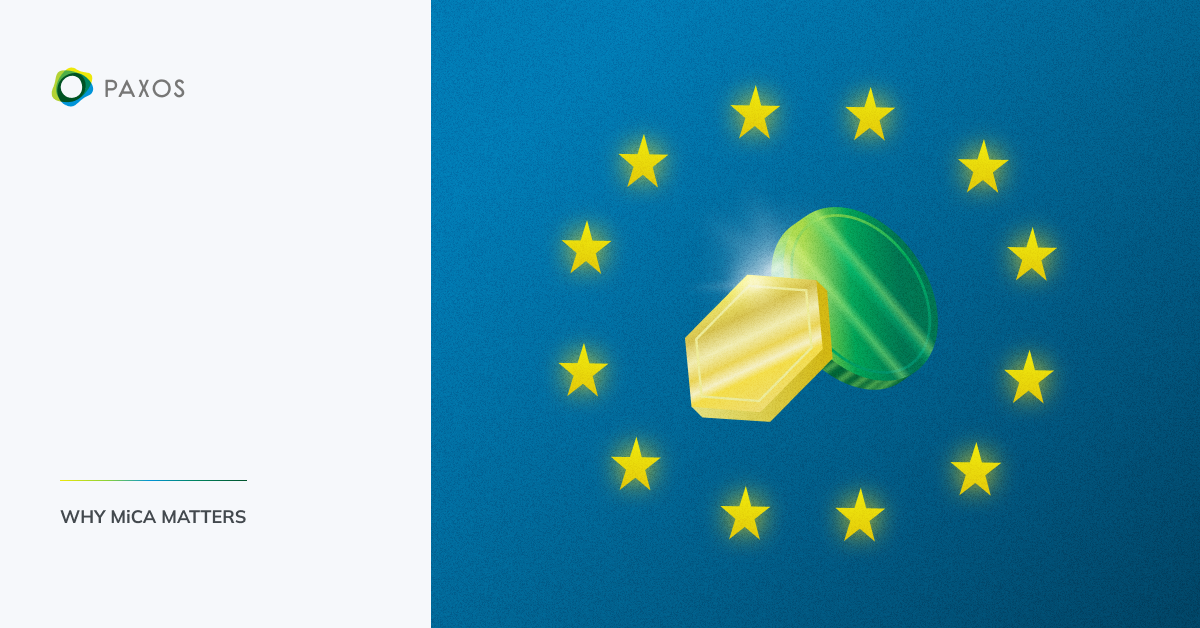
Why MiCA Matters
The European Union (EU) recently enacted the Markets in Crypto-Assets Regulation (MiCA) to demonstrate its commitment to fostering financial stability and safeguarding consumer interests. This legislation establishes a comprehensive and robust legal framework for regulating cryptocurrencies and other digital assets within the EU.
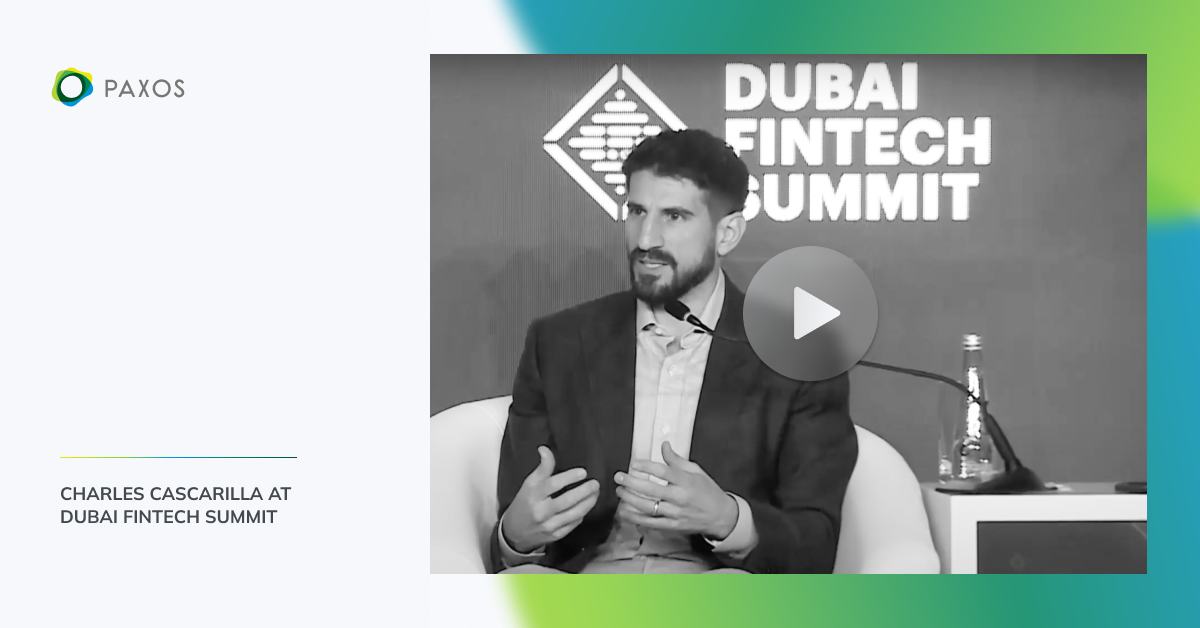
Watch Paxos CEO in Fireside Chat at Dubai FinTech Summit
Paxos CEO Charles Cascarilla took part in a fireside chat with host Anish Shivdasani titled “The Potential for Tokenisation to Revolutionize Financial Services,” in which he summarizes his vision for the digital asset economy of the future.
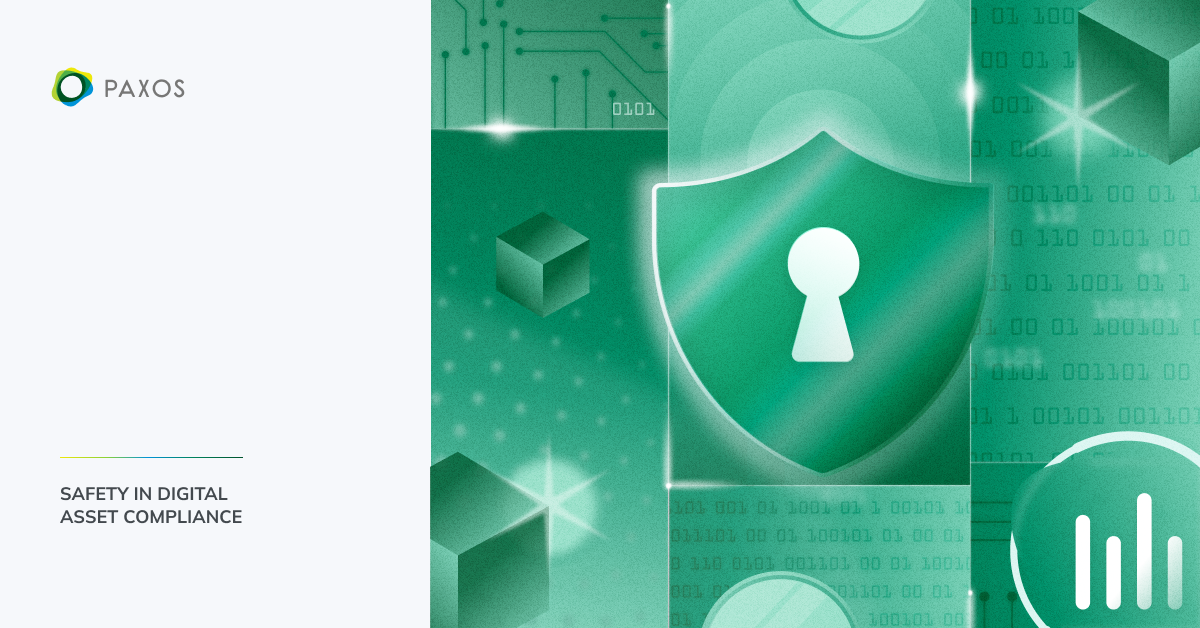
Safety in Digital Asset Compliance
Whether you’re working in traditional finance or blockchain, the fundamentals of a strong compliance program are the same. As you look to join (or continue to build in) the digital asset ecosystem, understanding the role of compliance in managing digital assets is key to protecting consumers and building safe, transparent products.
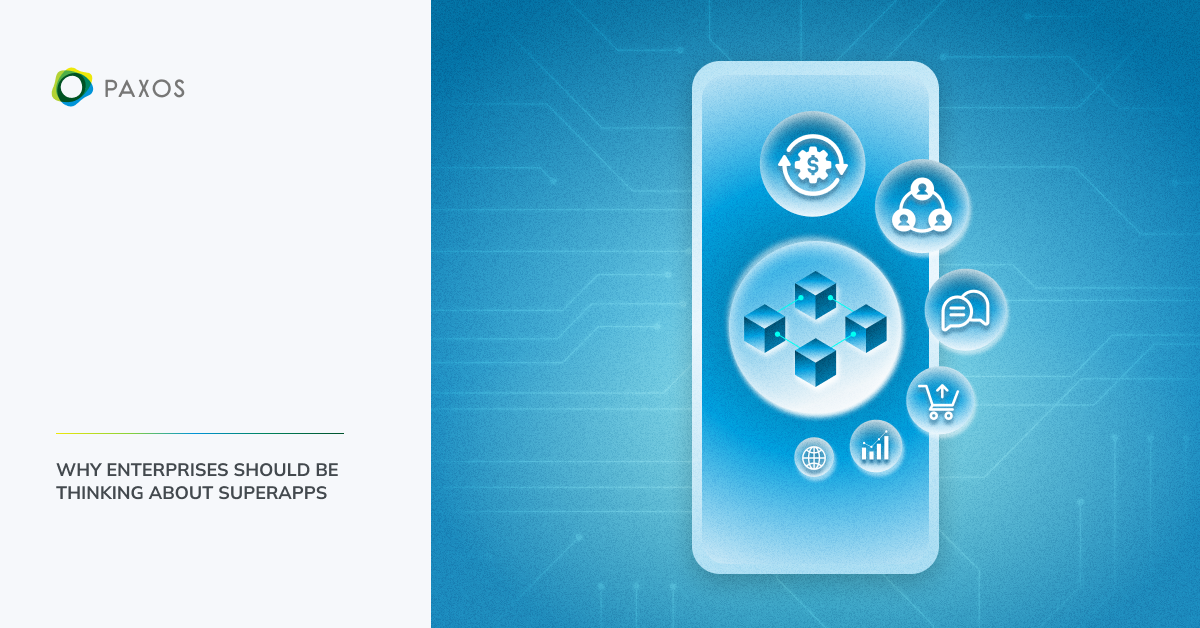
Why Enterprises Should Be Thinking About Superapps
The potential and proliferation of superapps has heralded a significant transformation in how end users can engage with financial services. Superapp use is not a futuristic reality, in fact, in some parts of the world, it’s the norm.
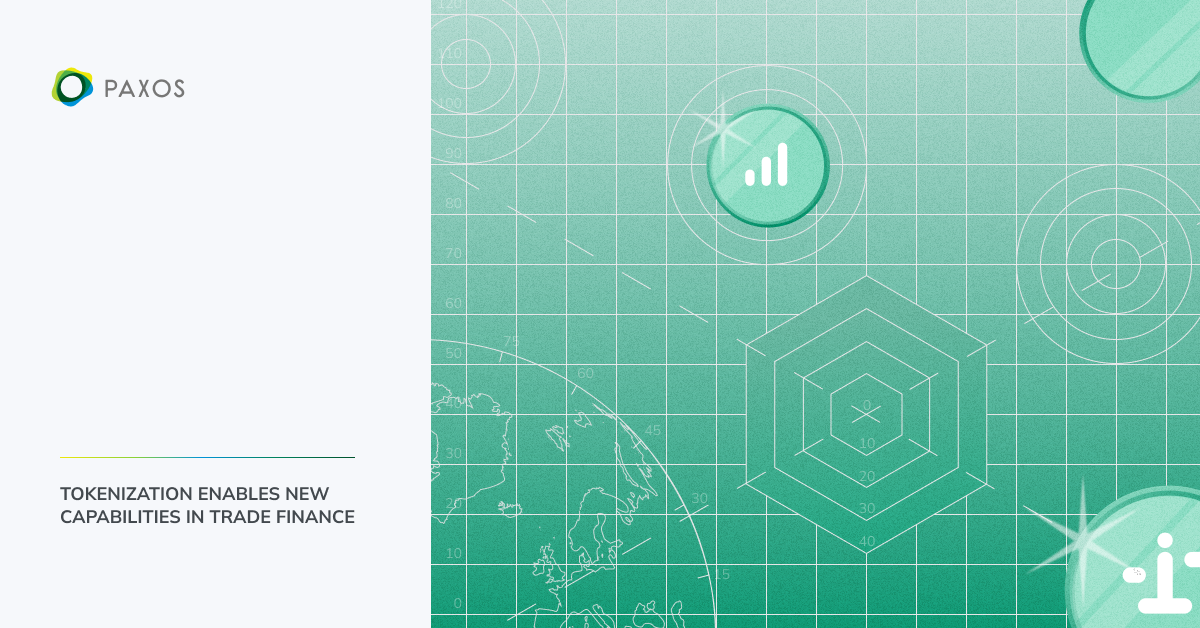
Tokenization Enables New Capabilities in Trade Finance
Trade finance is an integral part of global commerce, providing the necessary funding, insurance and risk management services to facilitate international trade. However, traditional trade finance is plagued by issues such as high costs and opacity.
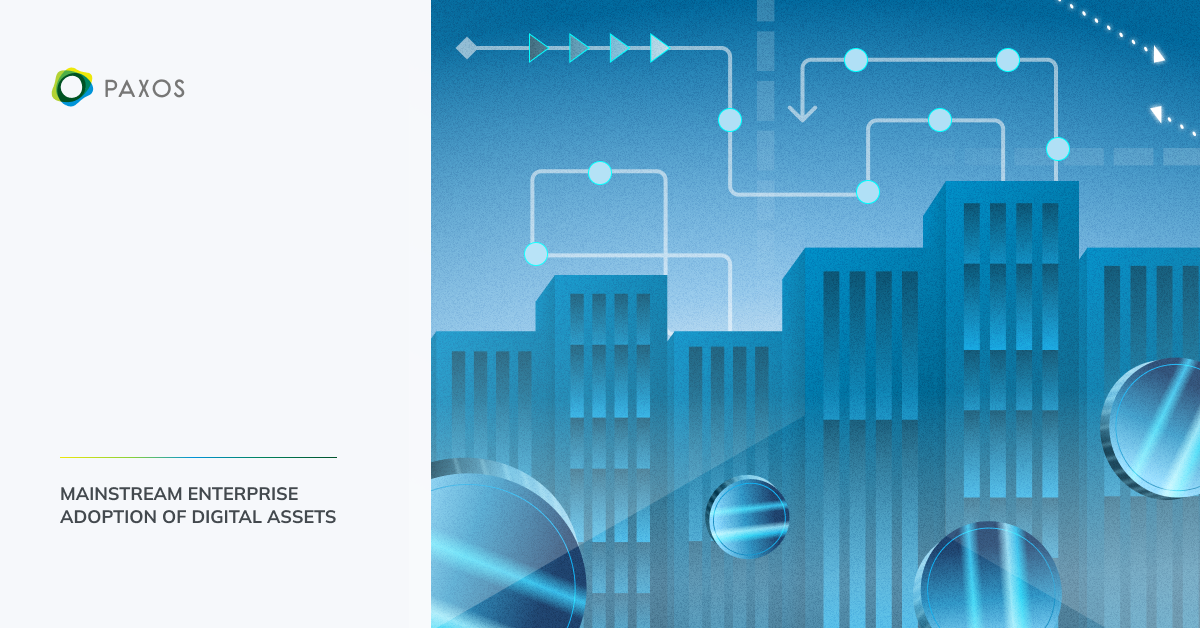
Mainstream Enterprise Adoption of Digital Assets
While still early in the adoption phases within a historically conservative industry like banking, blockchain technology is already used in enterprise functions – from storing data across registries to tracking consumer goods shipped from around the globe.
